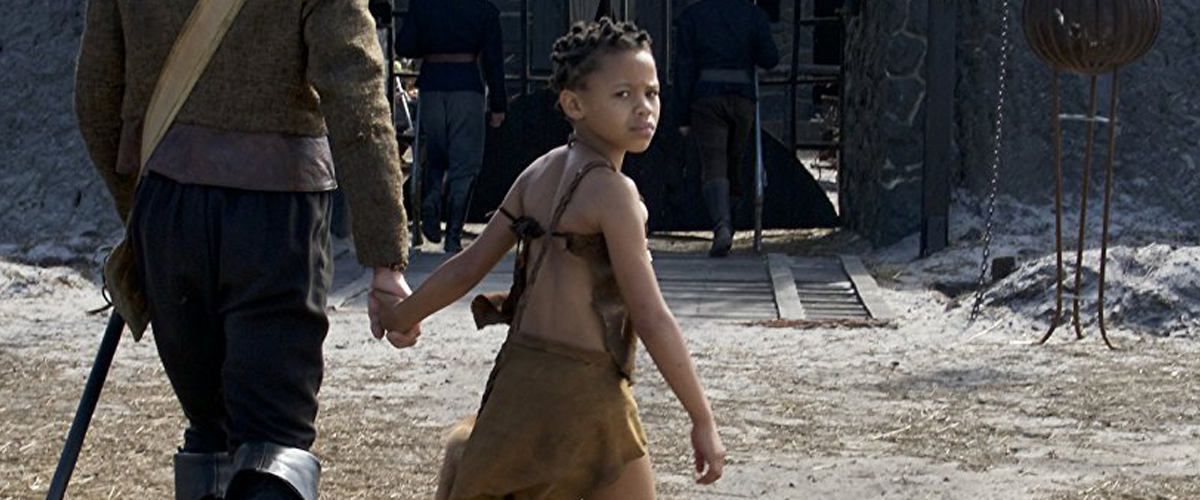
During the late 1950s she stumbled on the name Krotoa in an article “ Uit die biografie van ' n Hottentottin ” by DB Bosman in Huisgenoot of 3 July 1942. Trudie Bloem worked at the South African Library as an editor, translator and indexer. I believe that after the publication of Bloem’s book in 1999 this image began to circulate as her story became known among all South Africans, especially the Khoi groups and descendants of Krotoa. However, it was still used by Trudie Bloem on the cover of her book.

Although Laidler used this image for “Eva” in his book, the name was typed in inverted commas, which indicates that it is inaccurate. In the book by R Raven-Hart, Cape Good Hope: 1652– 1702 – The first fifty years of Dutch colonisation as seen by callers, Jean-Baptiste Tavernier describes Eva as “white and pretty, except that her nose is somewhat flat”.Īs per my findings, the origin of the image as prefaced by PW Laidler on page x in his book The growth and government of Cape Town (1939), he states, “For that of ‘Eva’, a portrait of a Namaqua girl of last century, indebtedness is expressed to the Trustees of the South African Museum, and Dr Gill” (the “last century” being the 19th century).Īccording to my findings the most used image of our beloved Krotoa was absorbed into South African history after the publication of The growth and government of Cape Town (1939) of PW Raidler. However, from the description of different diarists in their journals after having met her, this image, which is still being used today, does not make sense.

Framed: Who is the little girl in the picture?įor years we have come to believe, and have accepted, that the image used on the cover of Trudie Bloem's Krotoa-Eva: The woman from Robben Island was a painting of Krotoa or Eva van Meerhof as a young girl. Shares 0 Facebook 0 Tweet 0 Pin 0 Print 0 Email 0 LinkedIn 0


 0 kommentar(er)
0 kommentar(er)
